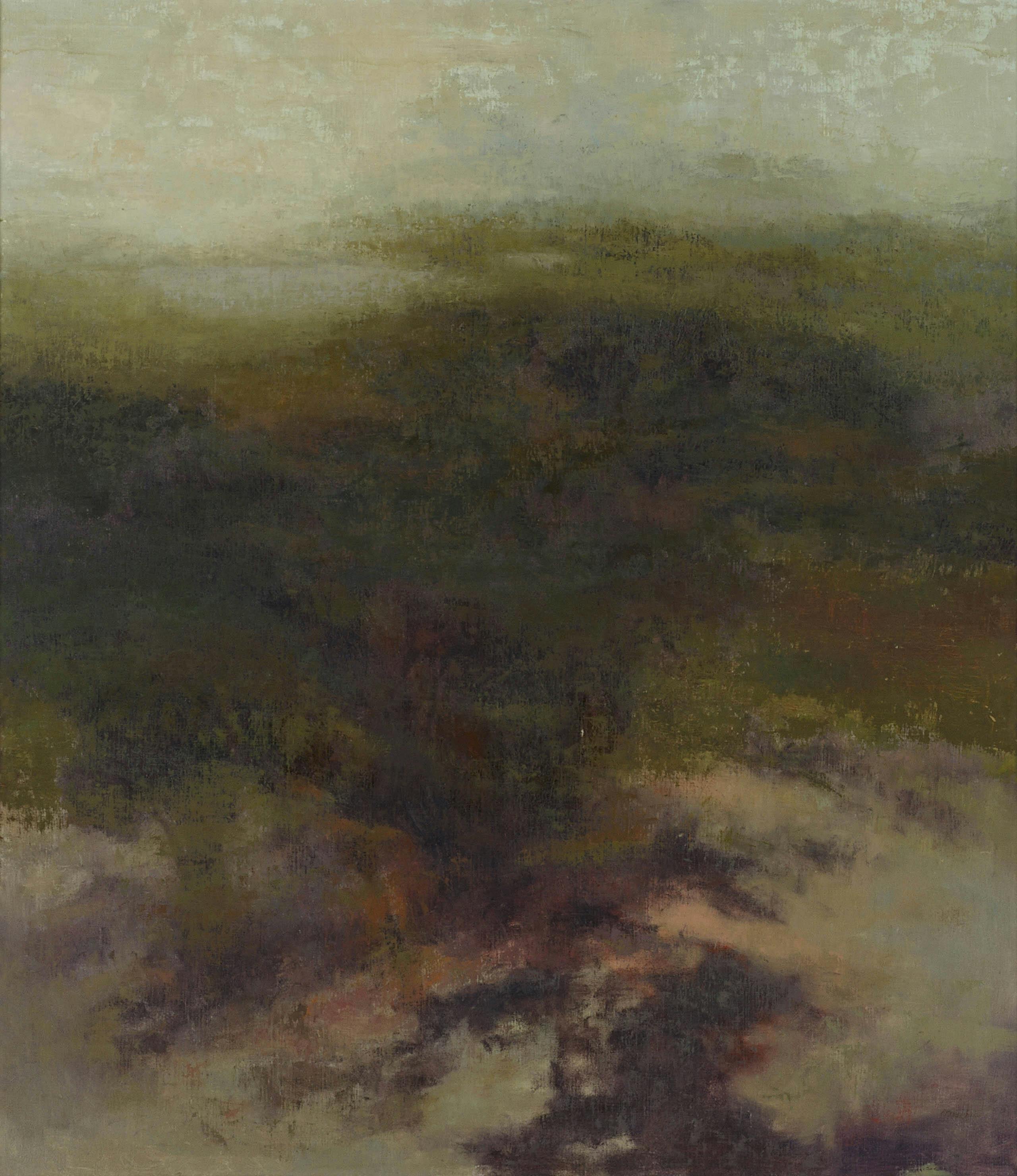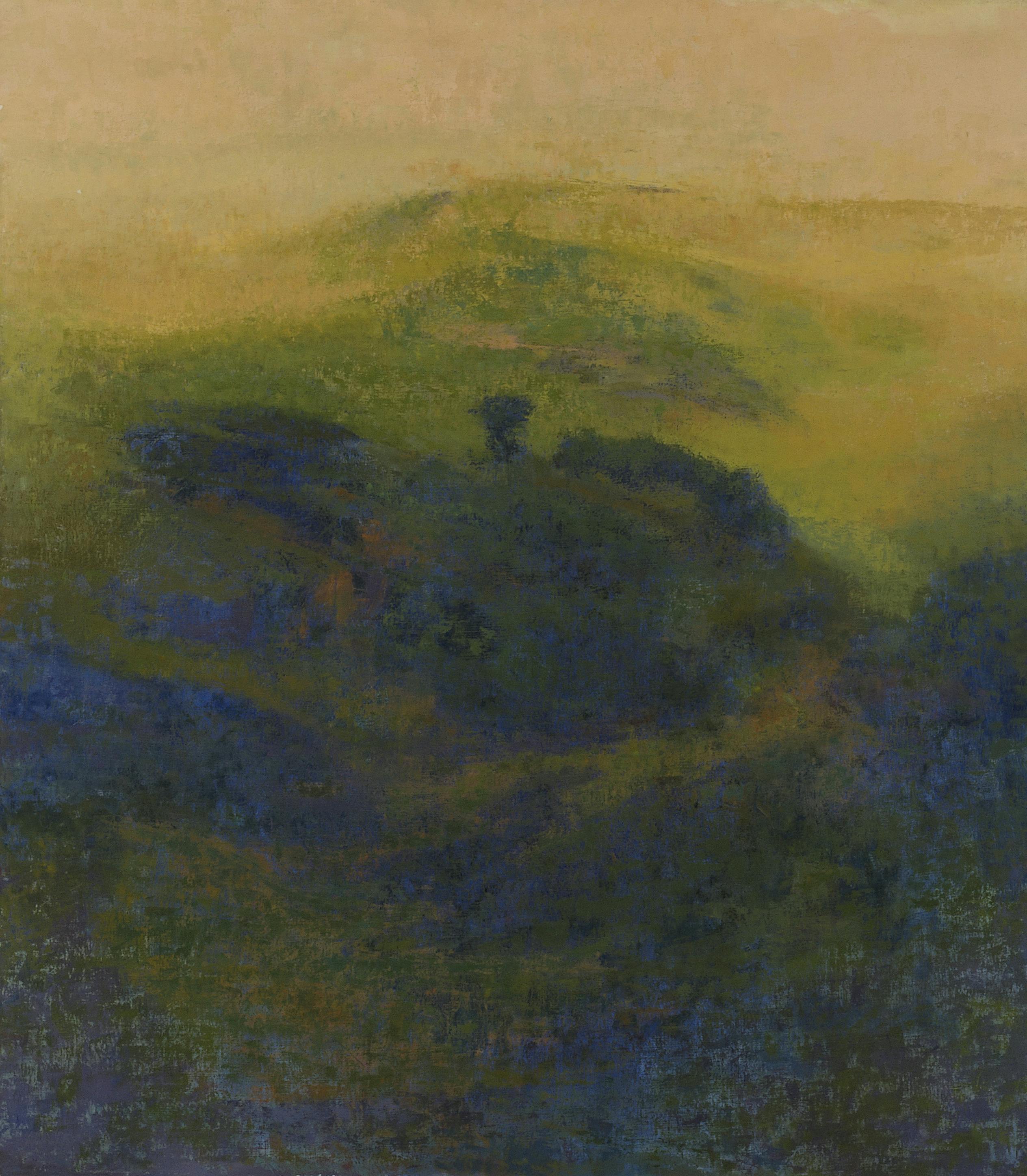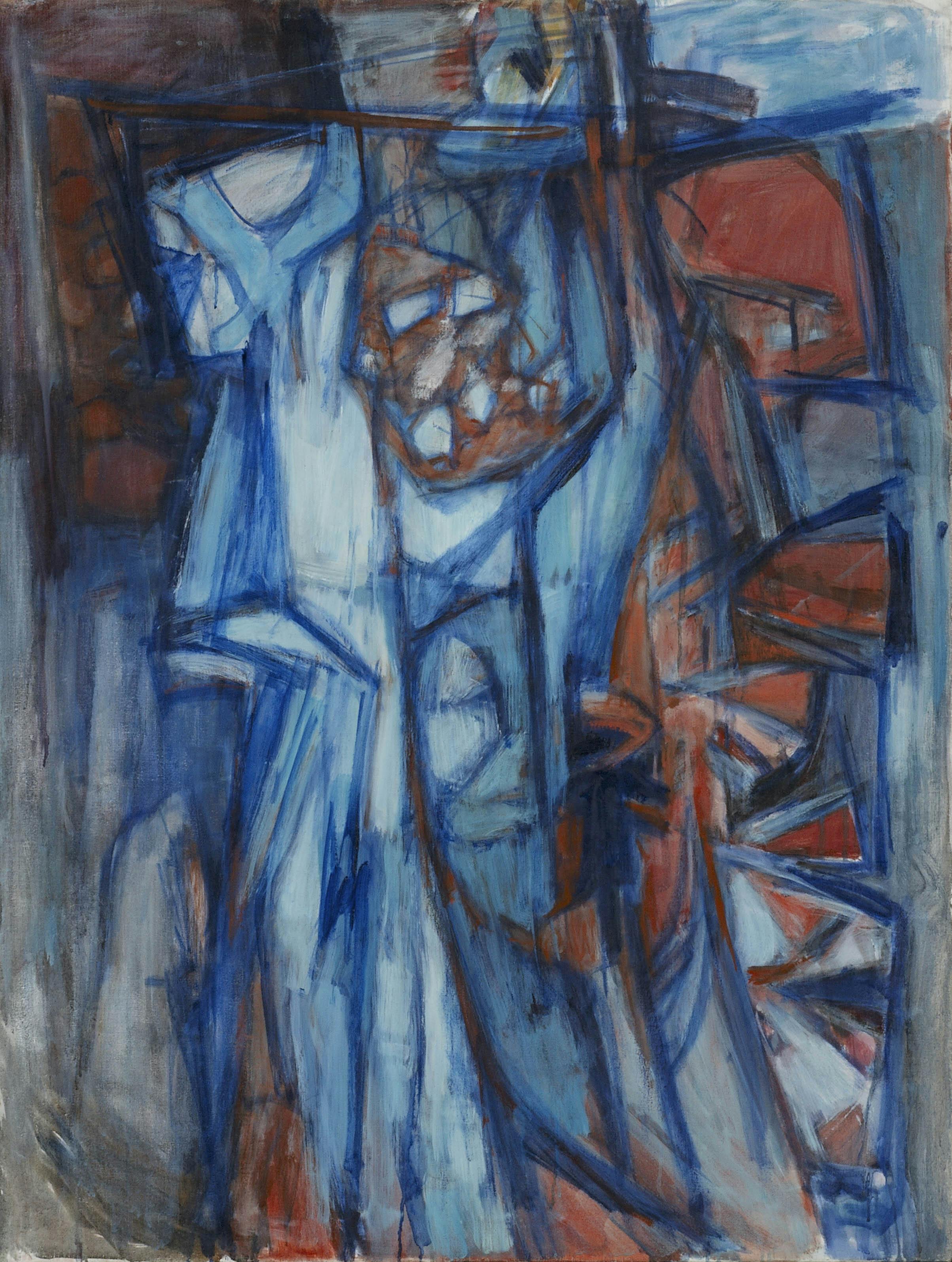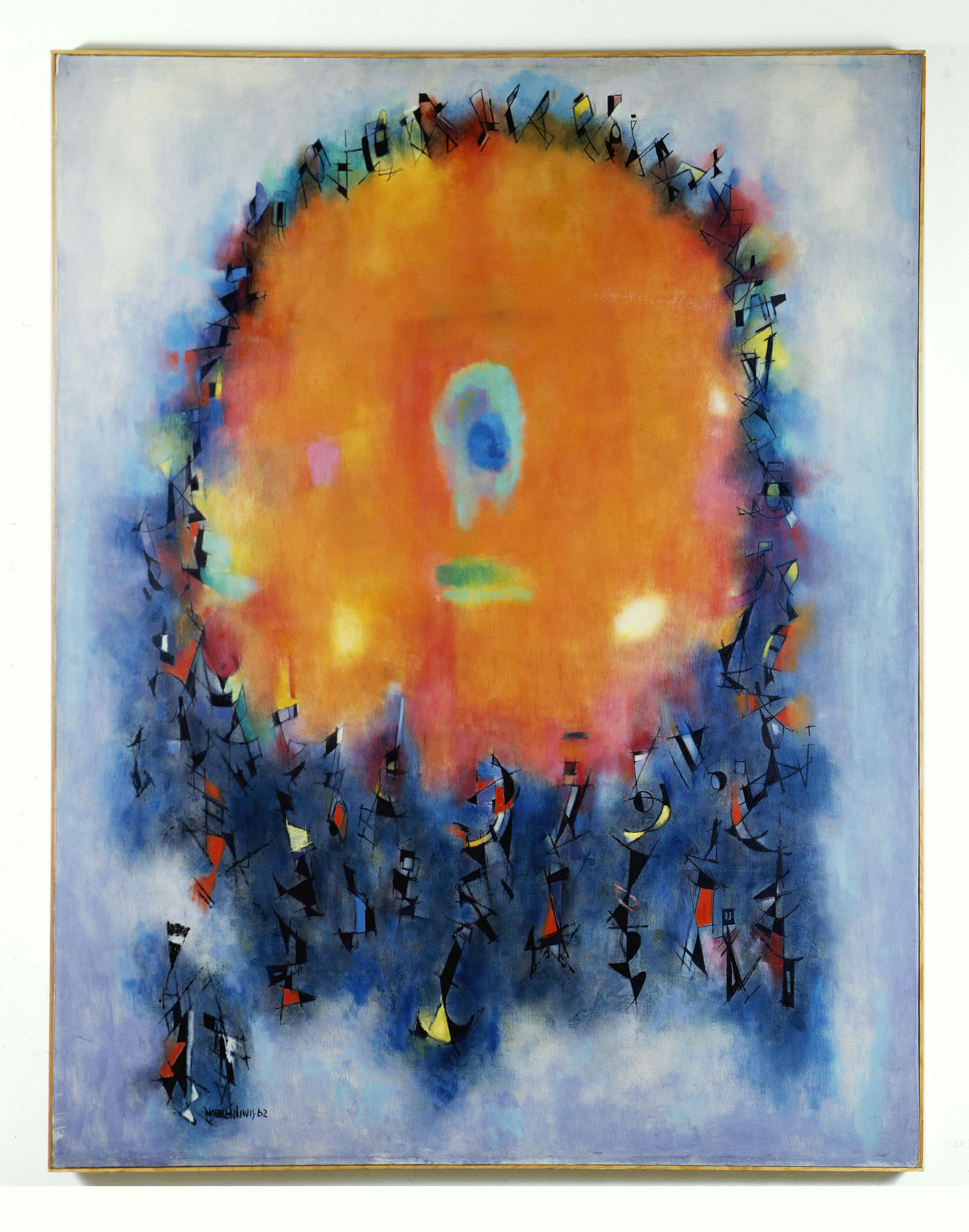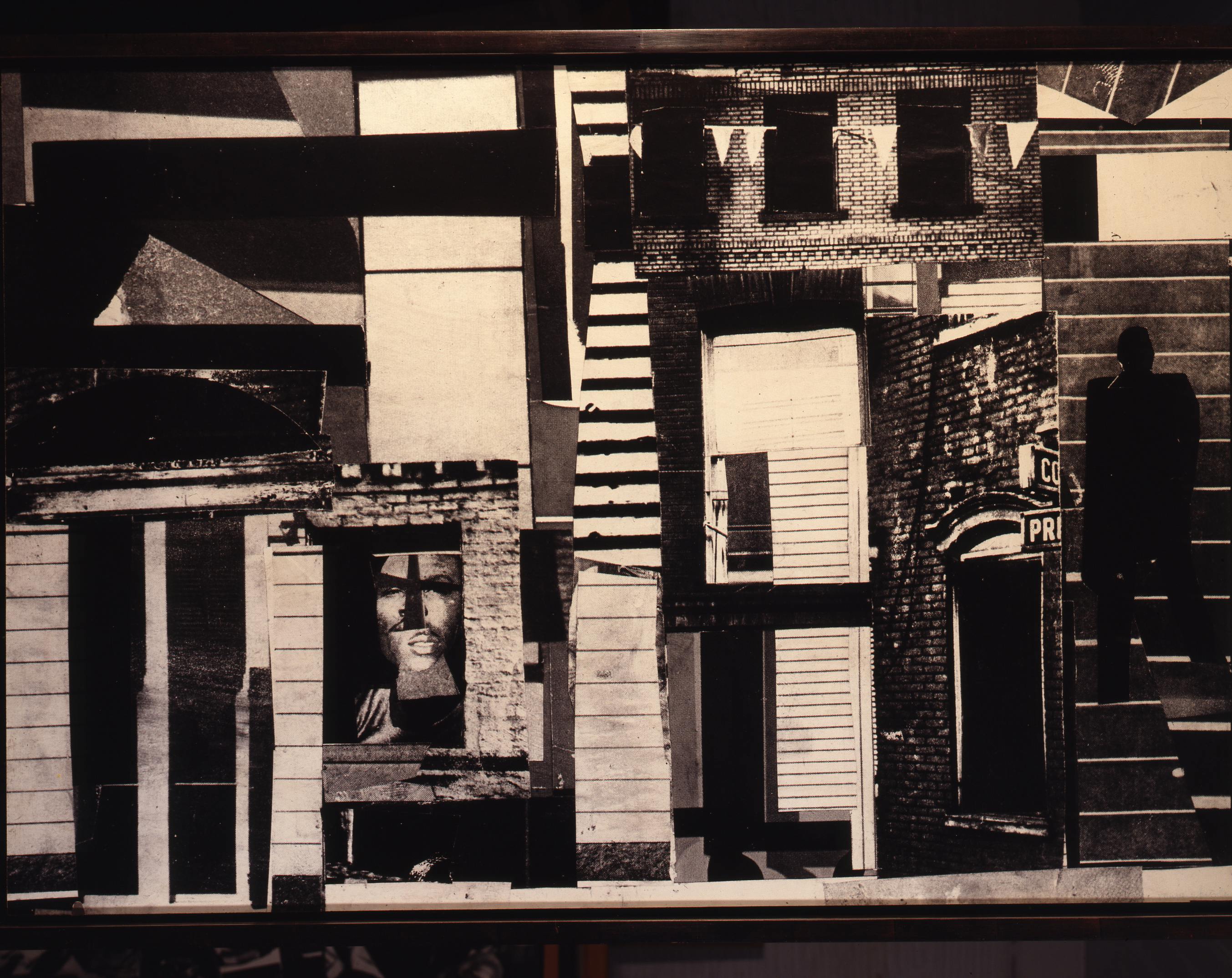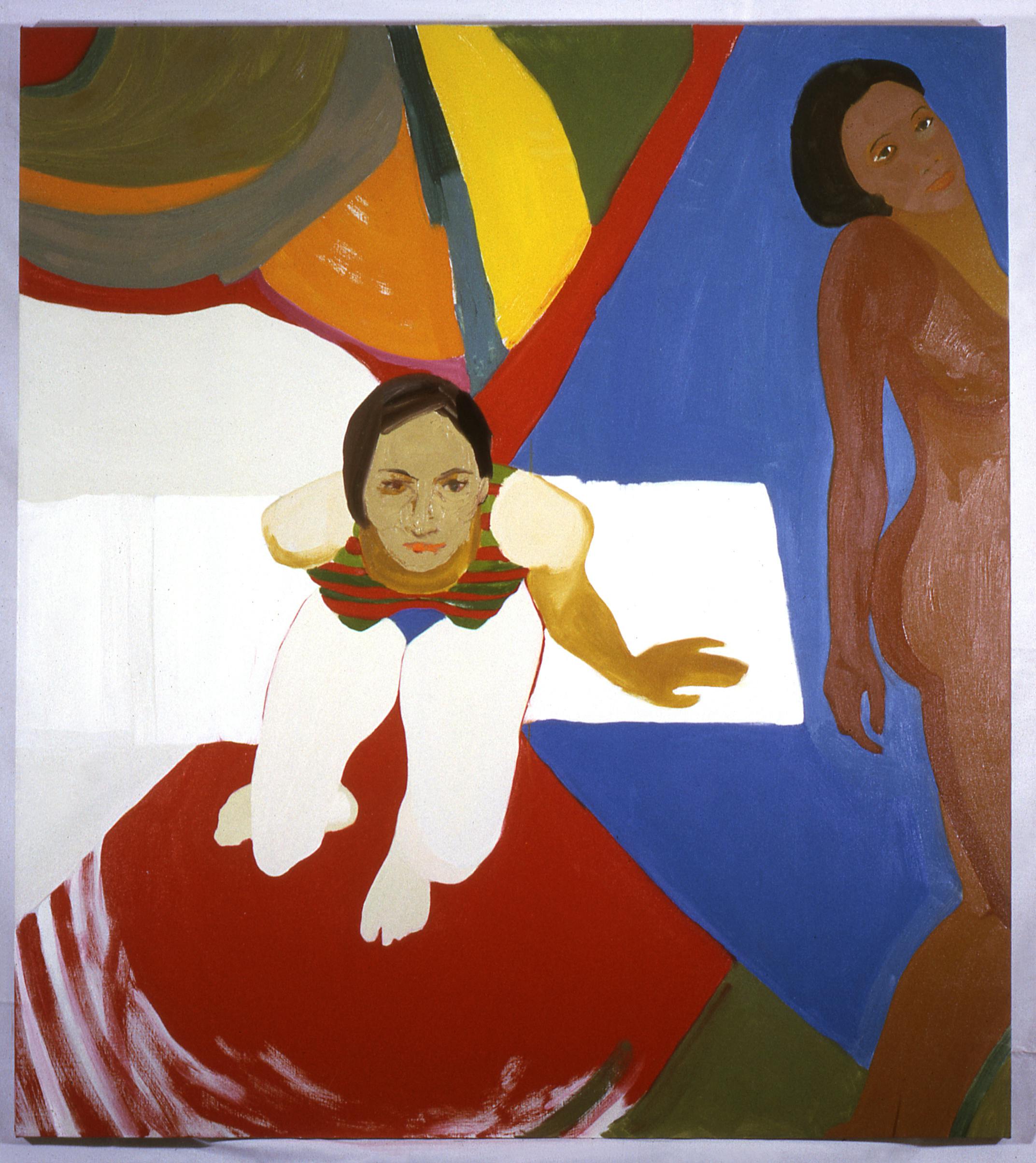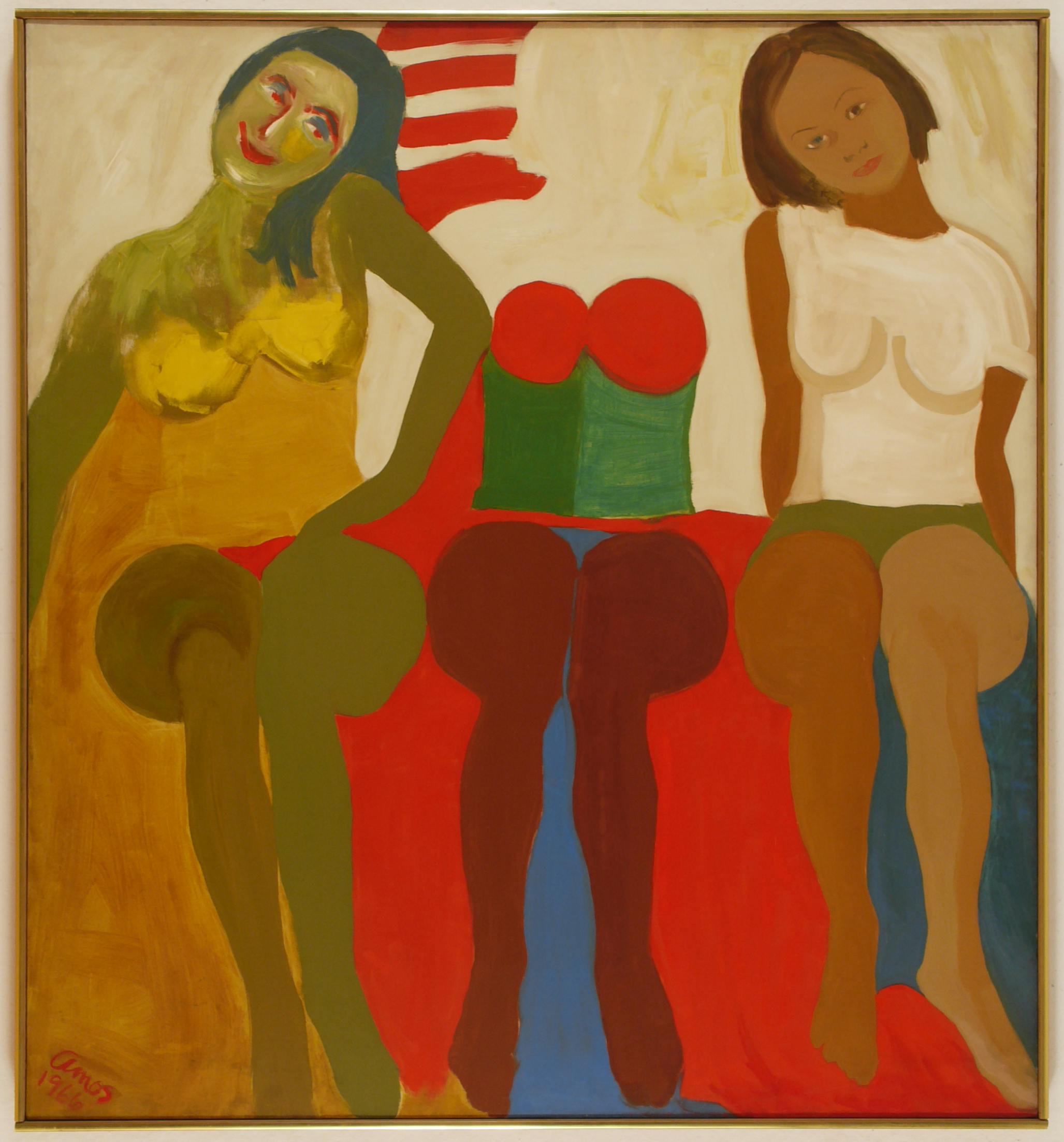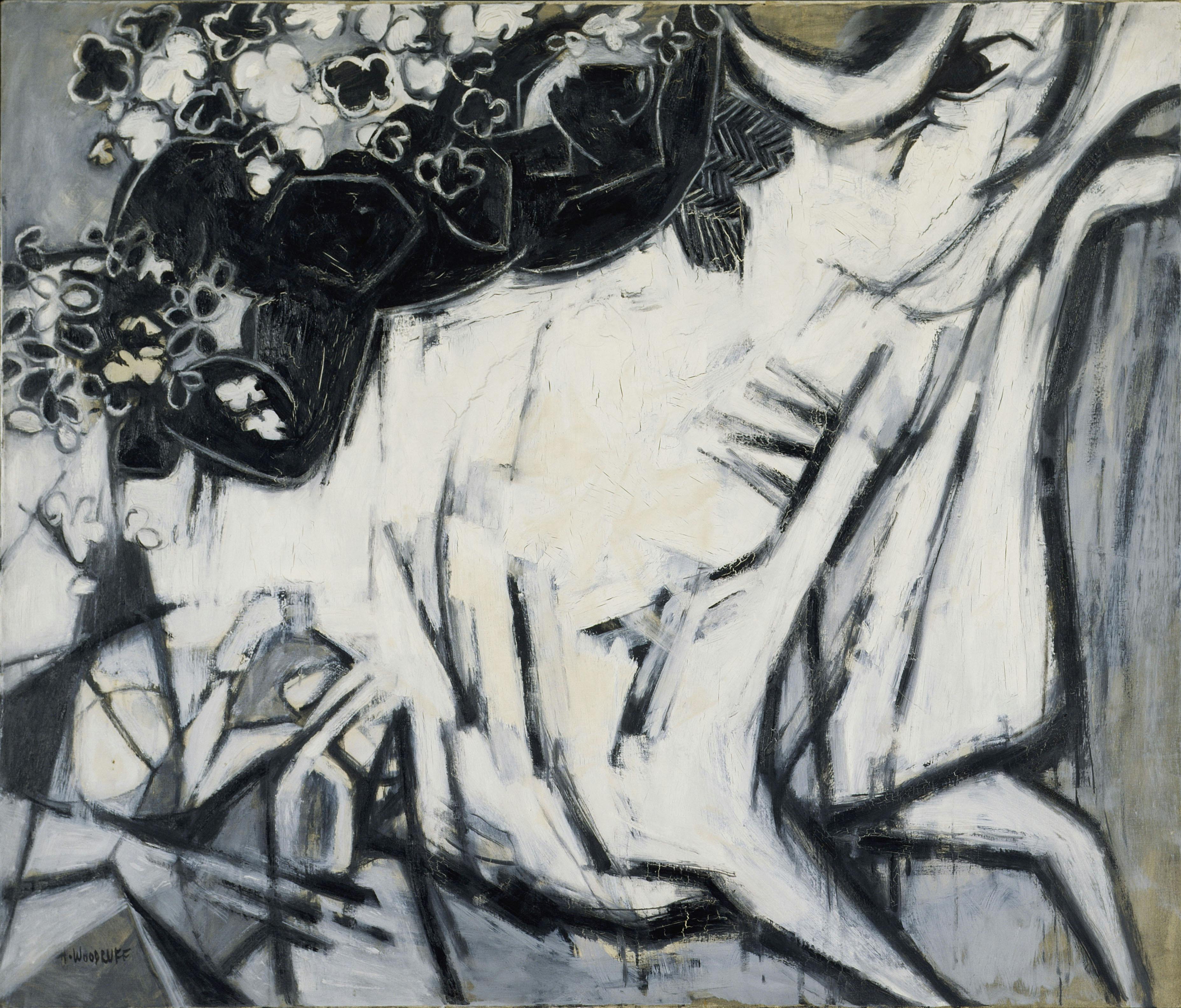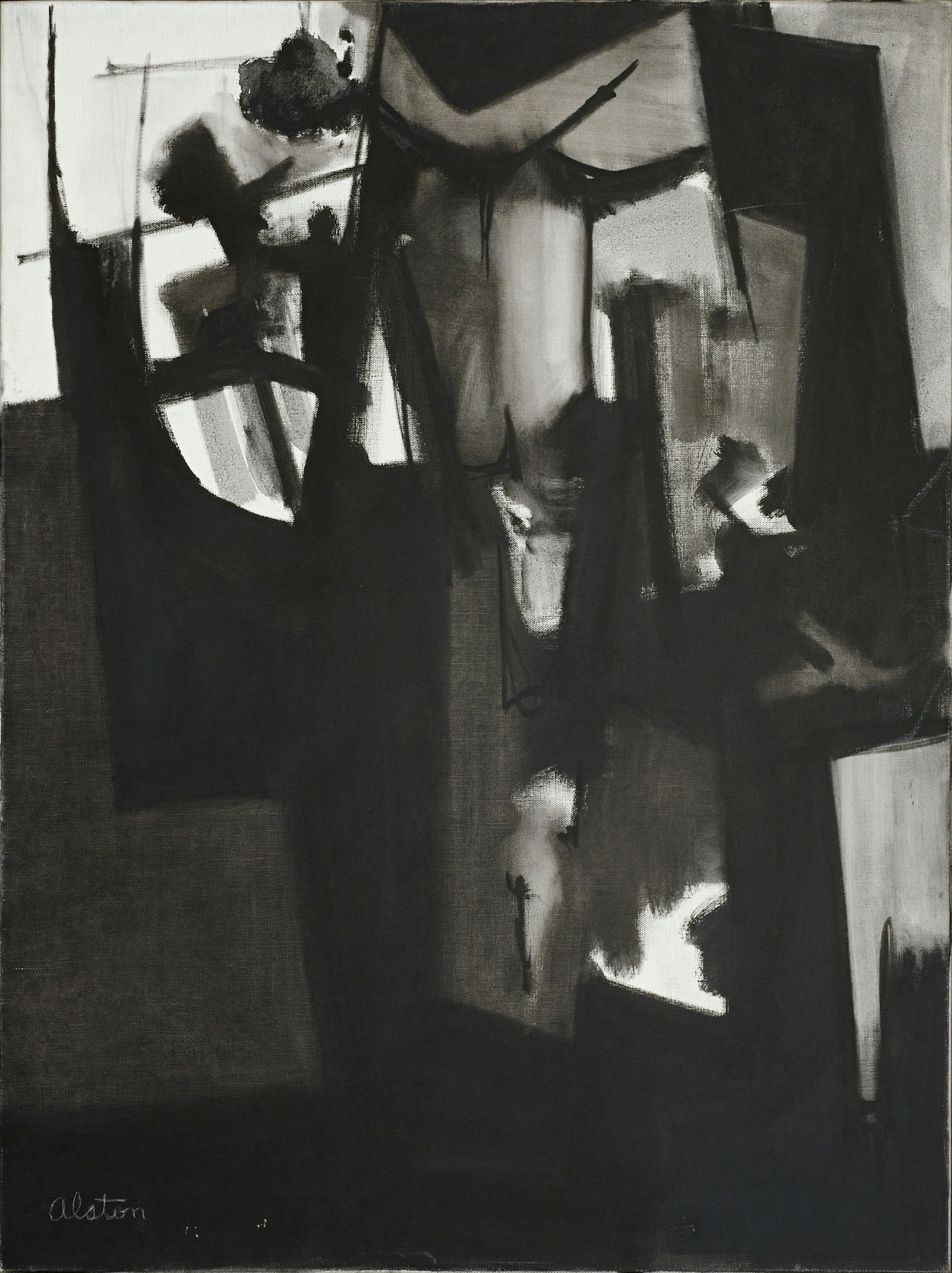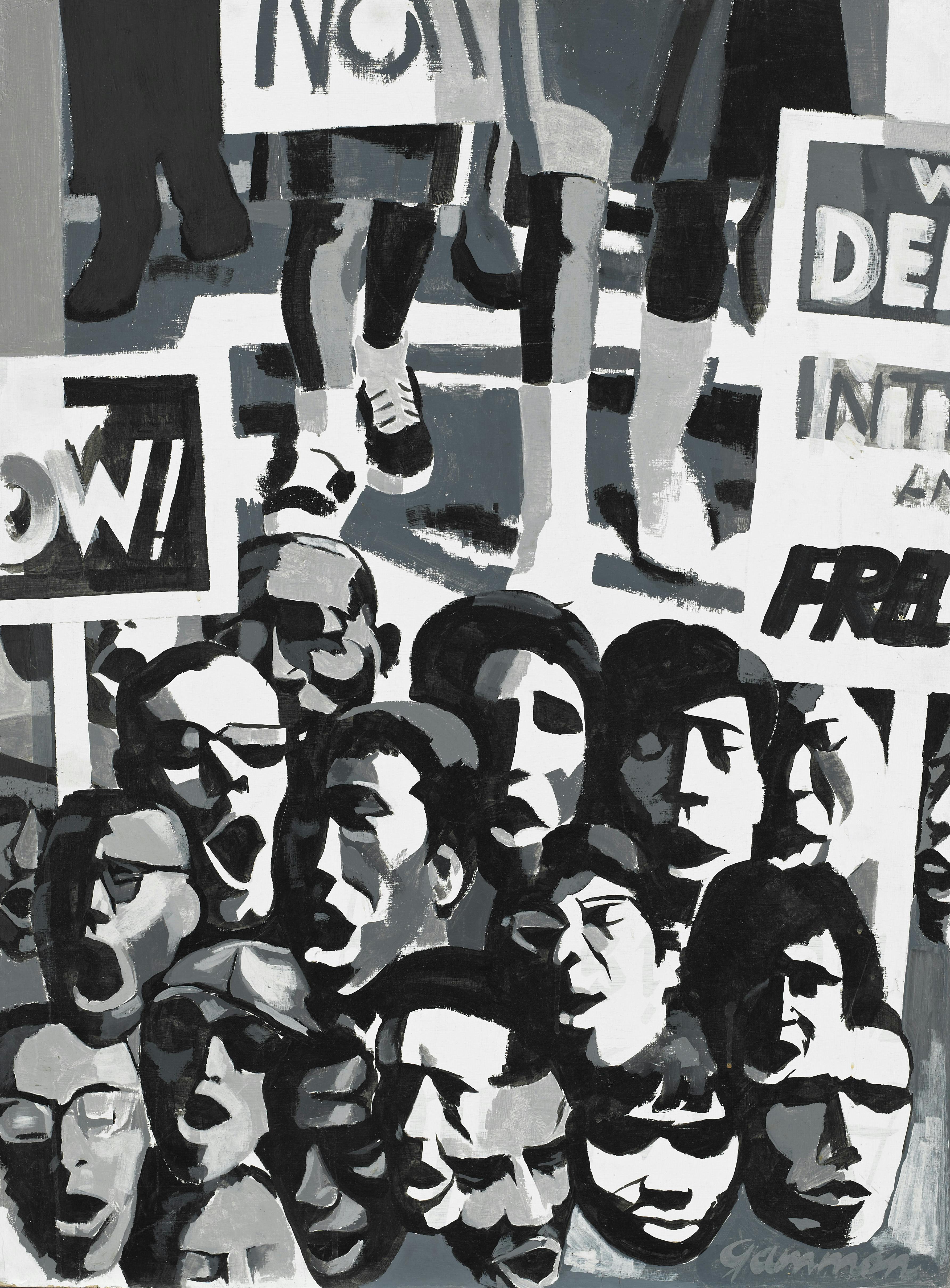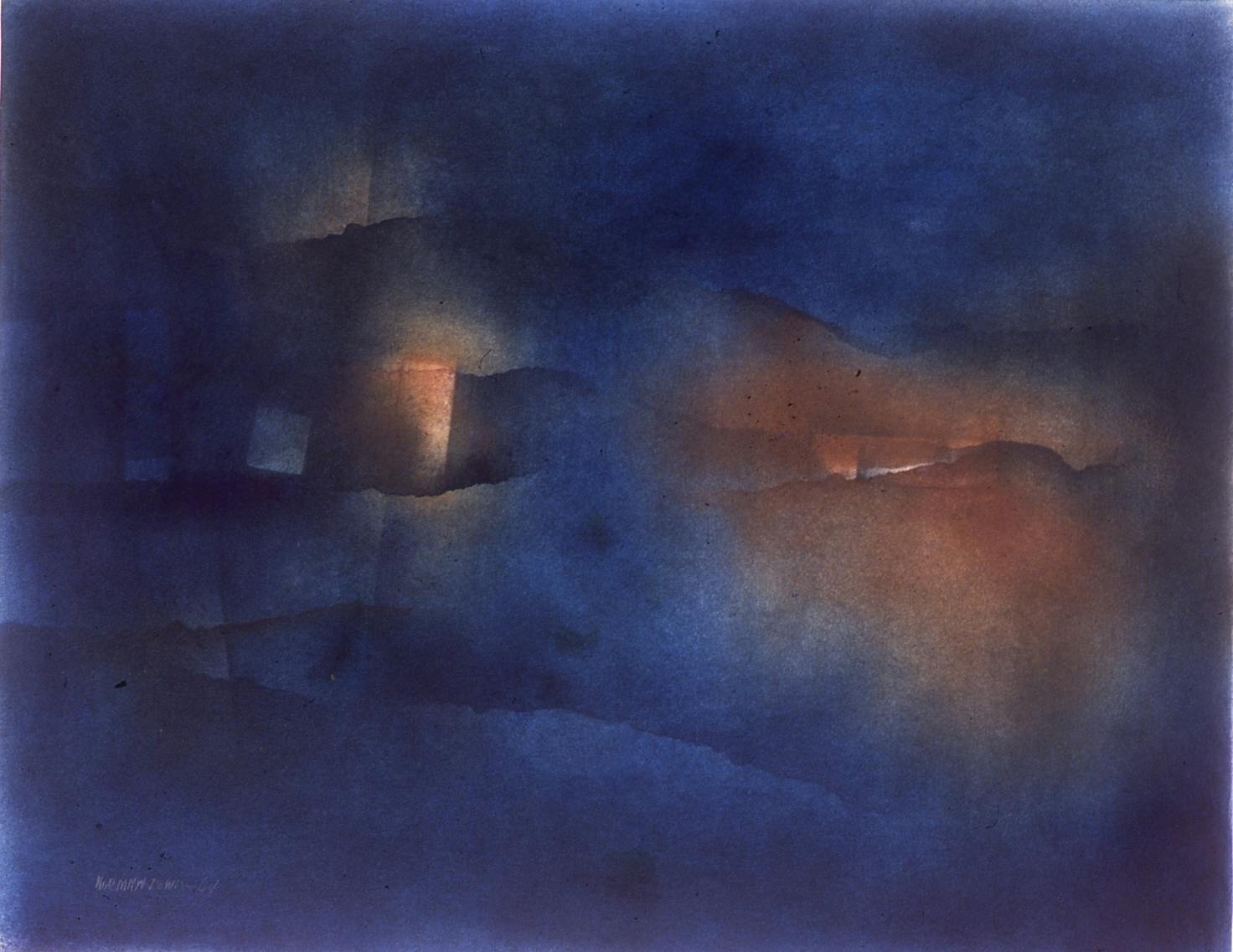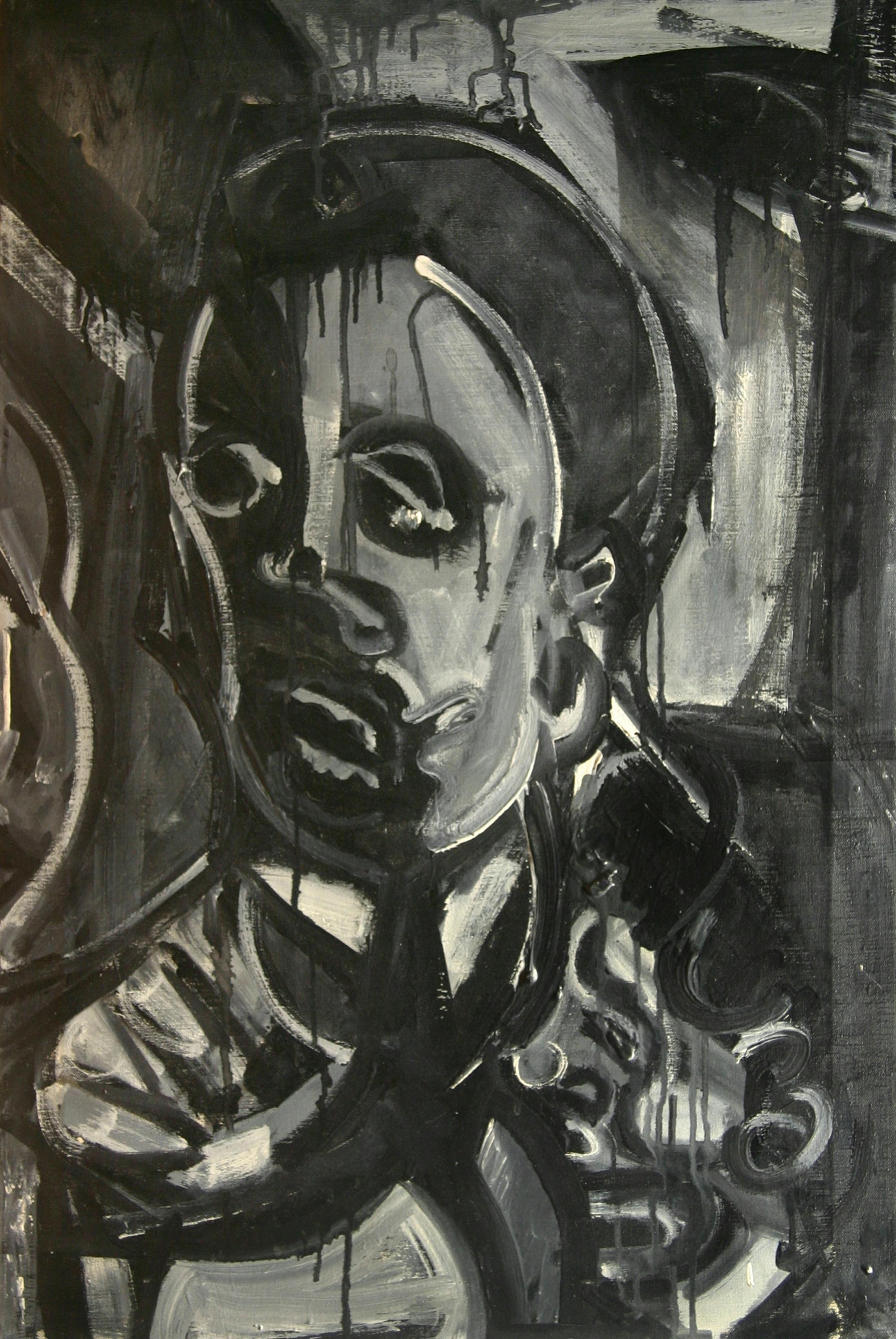Spiral
07.14-10.23.2011
Spiral: Perspectives on an African-American Art Collective presents works by members of the historic Spiral group, taking as its starting point a recent exhibition of the same name at the Birmingham Museum of Art in Alabama. Spiral was a New York–based collective of African-American artists that came together in the 1960s to discuss their relationship to the civil rights movement and the shifting landscape of American art, culture and politics. The group included artists Charles Alston, Emma Amos, Romare Bearden, Calvin Douglass, Perry Ferguson, Reginald Gammon, Felrath Hines, Alvin Hollingsworth, Norman Lewis, Earl Miller, William Majors, Richard Mayhew, Merton D. Simpson, Hale Woodruff and James Yeargans. This exhibition brings together iconic figurative and abstract paintings, many of which are in the Museum’s permanent collection, by ten of the original fifteen members. Several of the works on view were displayed in First Group Showing: Works in Black and White, the first exhibition Spiral mounted together in 1965 at the space on Christopher Street where they held weekly meetings up through that year.
The Spiral collective originally formed in response to the March on Washington for Jobs and Freedom in August 1963, which drew nearly a quarter of a million advocates for racial equality, and marked a critical turning point in the American civil rights movement. The group’s members worked in a wide variety of styles, though in large part within the tradition of modernist abstraction, and in media including oil painting, collage, printmaking and watercolor. In addition to their varying aesthetic approaches, the artists, who ranged in age from twenty-eight to sixty-five, took opposing viewpoints on the merging of art and politics. Despite, or perhaps because of, their divergent opinions, they contributed to a dialogue that still deeply resonates in the work of contemporary artists and in the mission of the Studio Museum—some of the Museum’s earliest supporters were Spiral members. The questions these artists wrestled with not only reflect the tumult of the 1960s, but also provide the foundation for innumerable works of art made since. Are aesthetic sensibilities specific to racial identity? What relationship should artists have with the social and political concerns of Black Americans?
While many of the Spiral artists have exhibited widely in New York and across the United States, others did not see commercial success or left the art world to focus on teaching or other pursuits. As such, little attention has been given to Spiral together as a full collective entity. Spiral: Perspectives on an African-American Art Collective highlights the group’s collective impact and its significance to the art historical canon.
Spiral: Perspectives on an African-American Art Collective was organized by Lauren Haynes, Assistant Curator, in collaboration with Emily G. Hanna, PhD, Curator of the Arts of Africa and Americas at the Birmingham Museum of Art.
Above, click to hear Emily G. Hanna talk in more detail about the Spiral artists, their varying approaches to painting, and the origins of the Spiral exhibition.
Spiral
07.14-10.23.2011
Spiral: Perspectives on an African-American Art Collective presents works by members of the historic Spiral group, taking as its starting point a recent exhibition of the same name at the Birmingham Museum of Art in Alabama. Spiral was a New York–based collective of African-American artists that came together in the 1960s to discuss their relationship to the civil rights movement and the shifting landscape of American art, culture and politics. The group included artists Charles Alston, Emma Amos, Romare Bearden, Calvin Douglass, Perry Ferguson, Reginald Gammon, Felrath Hines, Alvin Hollingsworth, Norman Lewis, Earl Miller, William Majors, Richard Mayhew, Merton D. Simpson, Hale Woodruff and James Yeargans. This exhibition brings together iconic figurative and abstract paintings, many of which are in the Museum’s permanent collection, by ten of the original fifteen members. Several of the works on view were displayed in First Group Showing: Works in Black and White, the first exhibition Spiral mounted together in 1965 at the space on Christopher Street where they held weekly meetings up through that year.
The Spiral collective originally formed in response to the March on Washington for Jobs and Freedom in August 1963, which drew nearly a quarter of a million advocates for racial equality, and marked a critical turning point in the American civil rights movement. The group’s members worked in a wide variety of styles, though in large part within the tradition of modernist abstraction, and in media including oil painting, collage, printmaking and watercolor. In addition to their varying aesthetic approaches, the artists, who ranged in age from twenty-eight to sixty-five, took opposing viewpoints on the merging of art and politics. Despite, or perhaps because of, their divergent opinions, they contributed to a dialogue that still deeply resonates in the work of contemporary artists and in the mission of the Studio Museum—some of the Museum’s earliest supporters were Spiral members. The questions these artists wrestled with not only reflect the tumult of the 1960s, but also provide the foundation for innumerable works of art made since. Are aesthetic sensibilities specific to racial identity? What relationship should artists have with the social and political concerns of Black Americans?
While many of the Spiral artists have exhibited widely in New York and across the United States, others did not see commercial success or left the art world to focus on teaching or other pursuits. As such, little attention has been given to Spiral together as a full collective entity. Spiral: Perspectives on an African-American Art Collective highlights the group’s collective impact and its significance to the art historical canon.
Spiral: Perspectives on an African-American Art Collective was organized by Lauren Haynes, Assistant Curator, in collaboration with Emily G. Hanna, PhD, Curator of the Arts of Africa and Americas at the Birmingham Museum of Art.
Above, click to hear Emily G. Hanna talk in more detail about the Spiral artists, their varying approaches to painting, and the origins of the Spiral exhibition.
